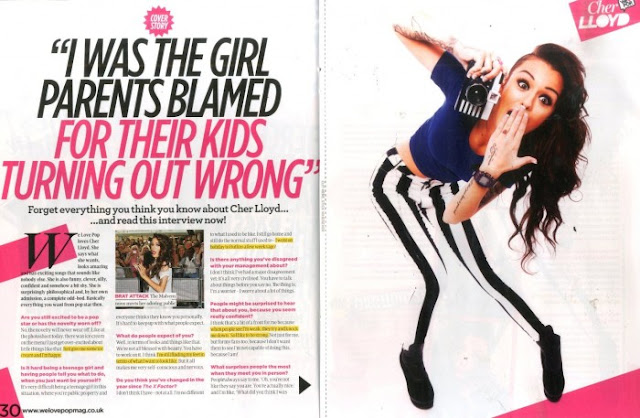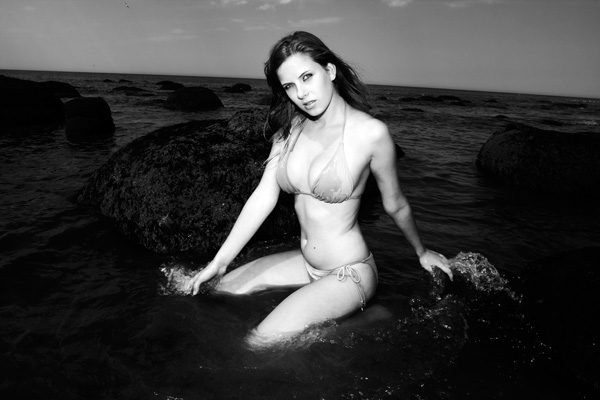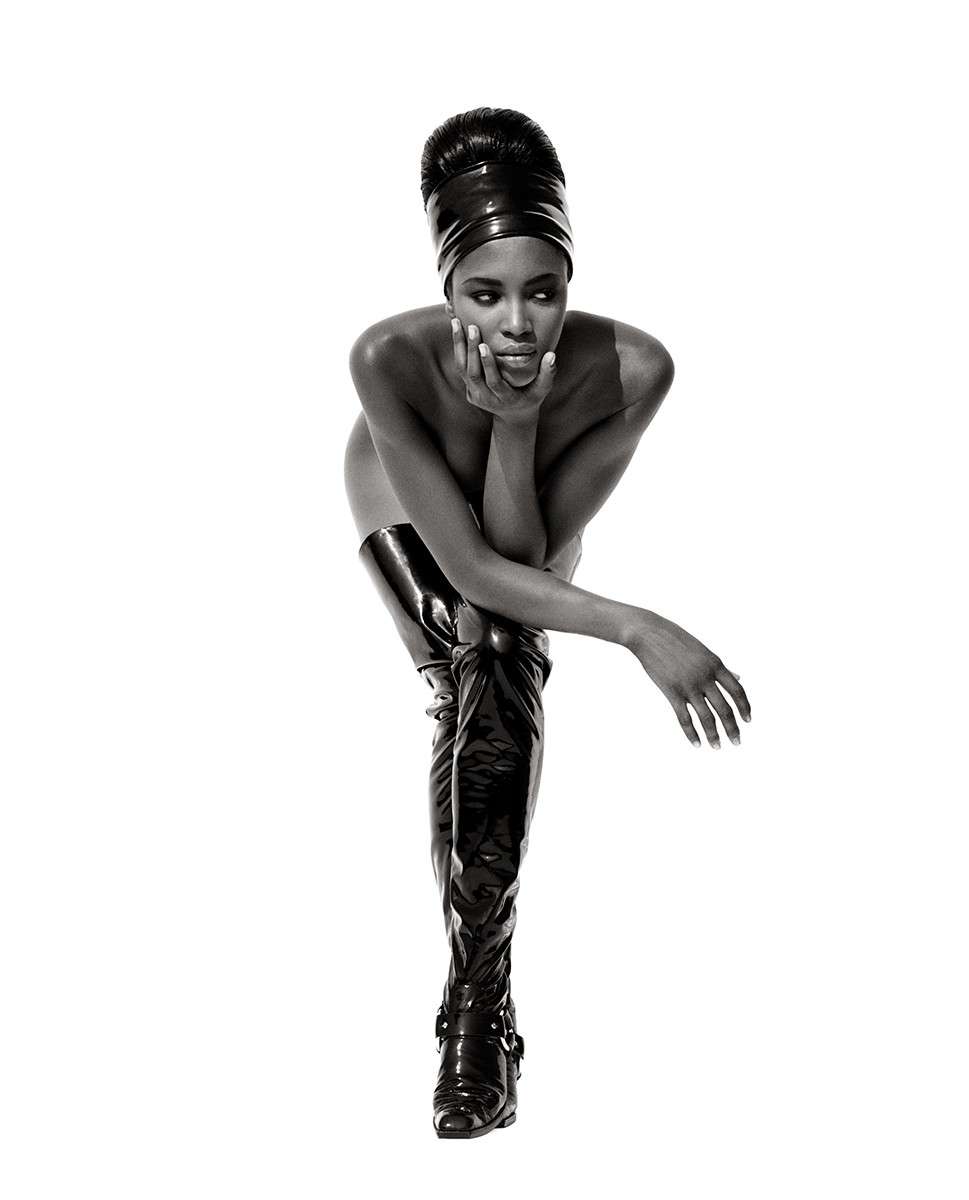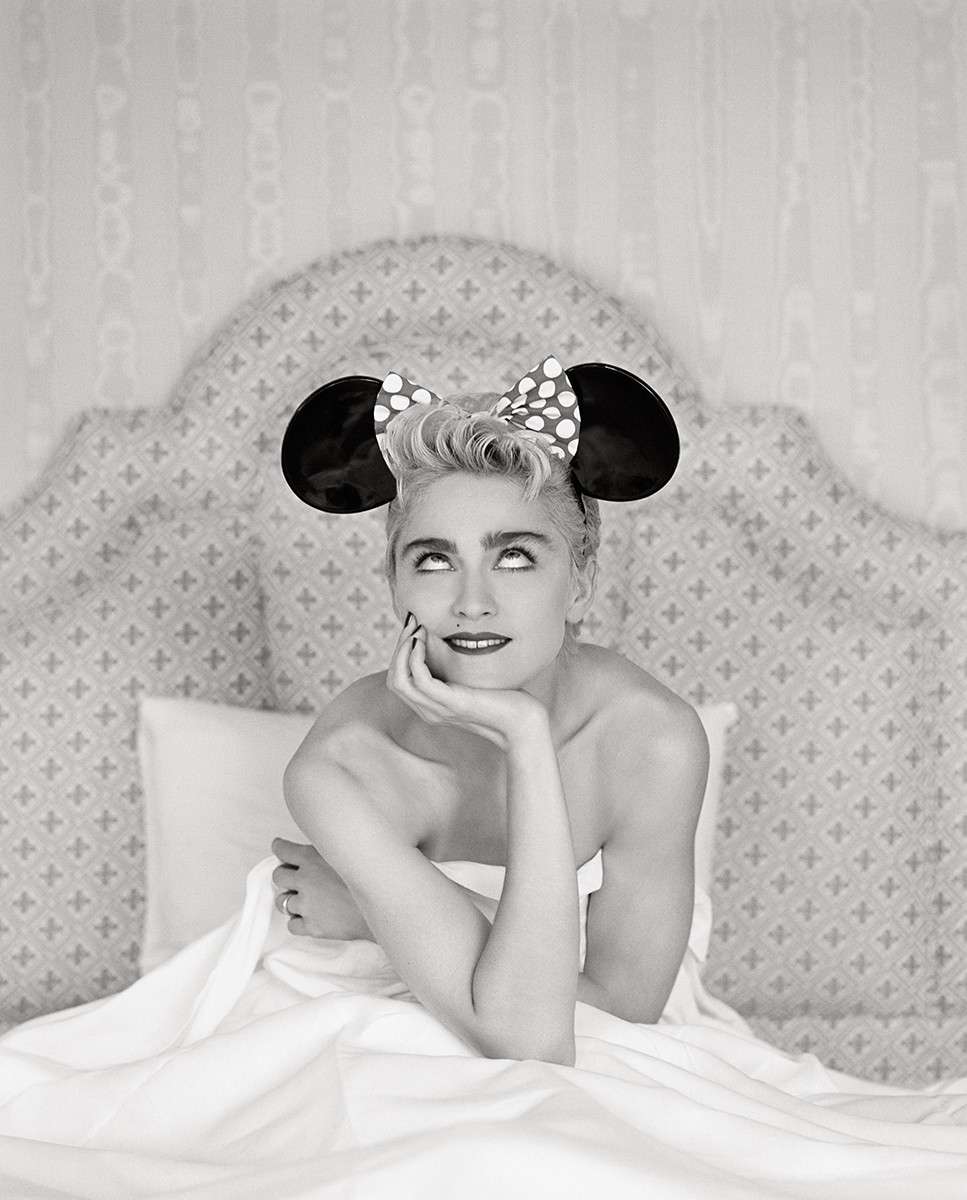Ambient light is the light that exists in a scene. Also referred to as “natural light” or “existing light,” ambient light can be the found light inside a home, a restaurant or concert hall, or a bright, sunny day, a deep foggy day, a city at night...in other words, any kind of pre-existing light. This is found light, not additional light that you, the photographer, might choose to add, such as flash. When photographing a scene that is lit with any kind of ambient light, you need to use a light meter to determine exposure.
The most common exposure method is via your camera’s built-in exposure meter. When shooting with a compact camera, determining exposure and setting the camera’s aperture, shutter speed and (in some cases) ISO happens automatically. With DSLRs, this also can happen when the camera is in Program or “green” mode, but you have plenty of other exposure mode options. You can have more control over exposure by choosing Aperture-Preferred, Shutter-Preferred, or Manual exposure modes. A less-common approach is to use a handheld meter, which measures light and provides exposure setting guidance.
incident light measures the light falling on your subject and how light or dark the subject is has no affect on the exposure reading.
Reflected light measures the light reflecting off your subject, and the color and value (how dark of light your subject is) affects your reading, requiring evaluation and experience to accurately apply this information.
In terms of speed, incident is the faster way to get an accurate, ready-to-shoot exposure of a subject in the same light or shade in which you stand. Reflected readings are very useful when your subject is in shade and you are not, or vice versa - but again, the reading you take with reflected can only be "ready-to-shoot" if you are indeed pointing at something that is "middle gray" in value.
The first time you use an incident meter is one of those "a-ha!" moments. Once you take a reading with the lumisphere, set the camera to same and find that your exposure is right on, we bet you will wonder how you ever lived without it!
Incident metering tells you about the light you are controlling. The Sekonic Litemaster Pro L-478 Series light meters' Lumisphere (hemisphere receptor) is designed to read all of the illumination that falls on it, and the subject, including the key light, line light, hair light, eye lights, etc. Besides taking nearly foolproof exposure readings, this enables you to set up and light a scene before the principal talent arrives, saving time and adding to your presentation as a professional. You can also “walk the set” to measure the evenness of the illumination and perfectly light green screens.
The L-478 Series offers the convenience of a retractable Lumisphere. Retract the Lumisphere to read individual light sources to adjust them to the desired ratio, or read the flat subject. Extend it to take an exposure reading for 3-dimensional subject position.






































